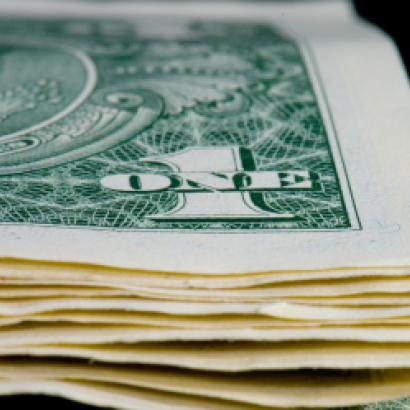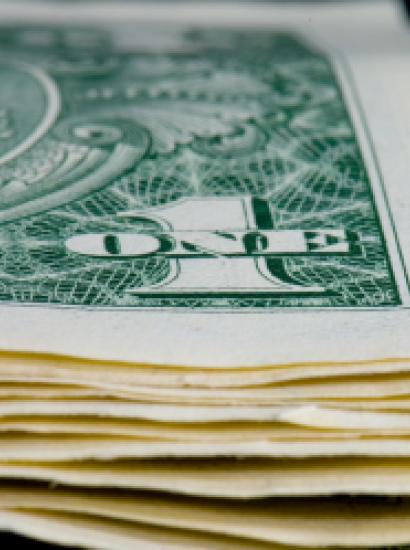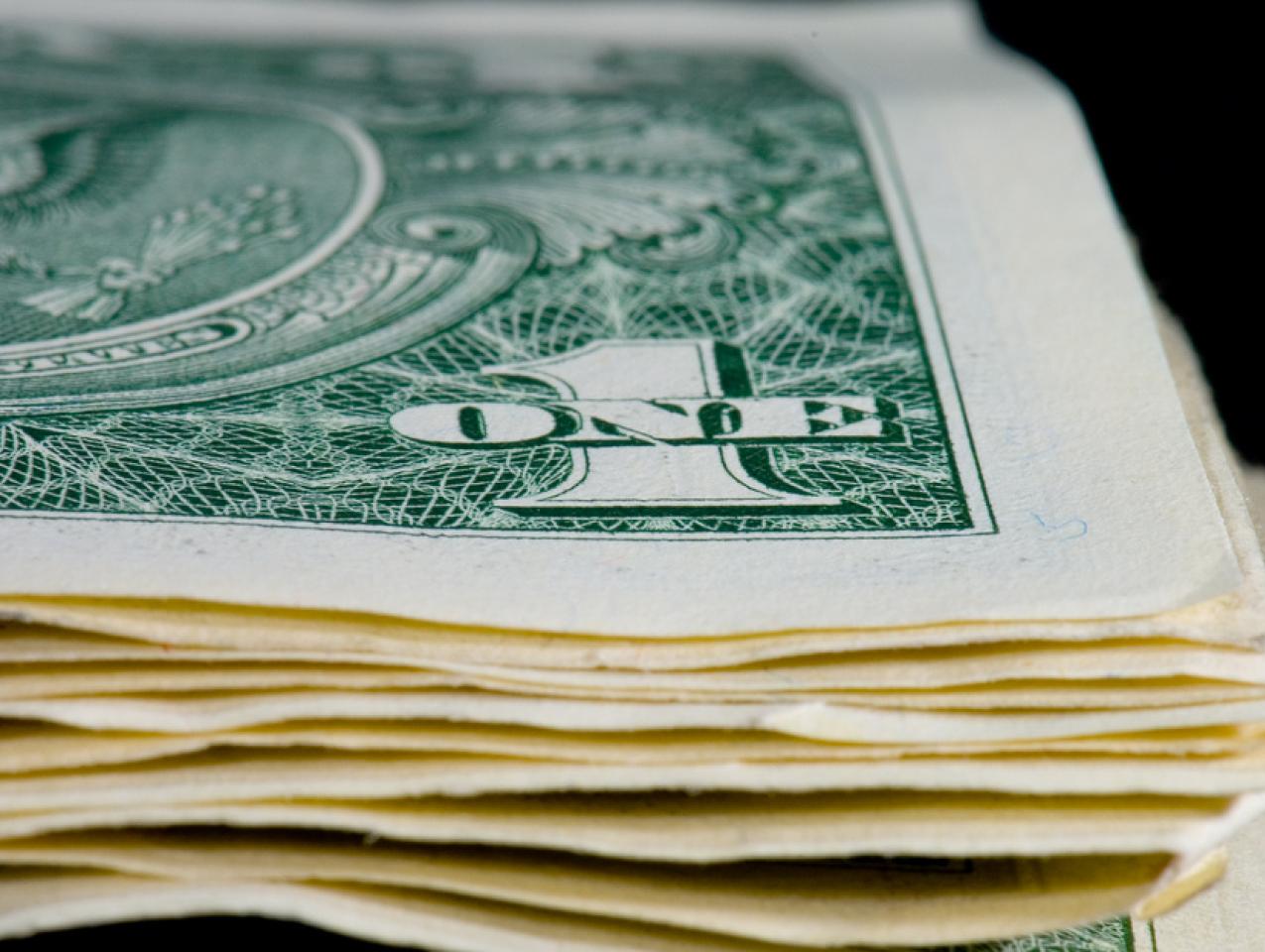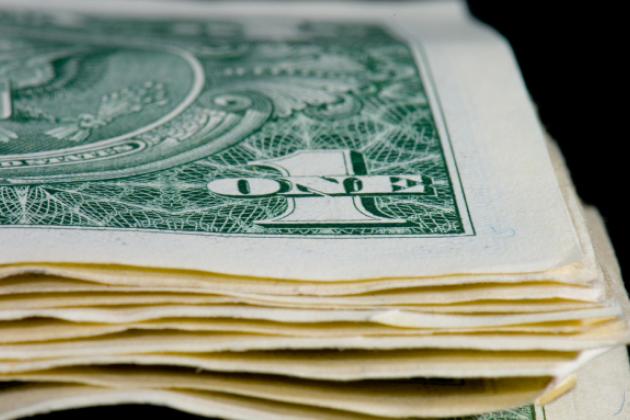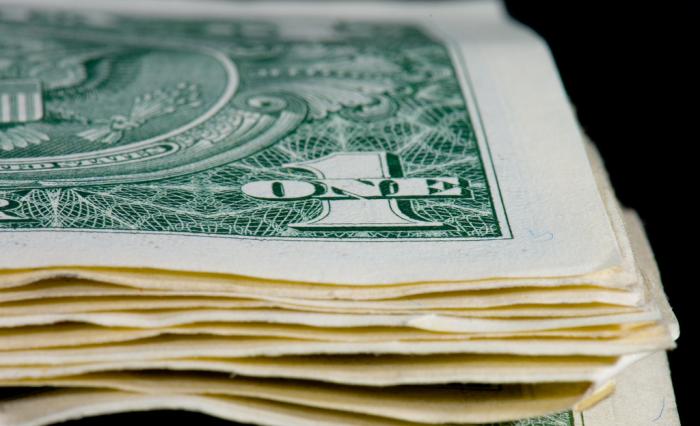- Economics
- Health Care
Some beneficiaries of Medicare, the federal government’s medical insurance system for the elderly, are finding that doctors are unwilling to accept them as patients. According to a study by Sandra L. Decker of the National Center for Health Statistics, in 2011, 17 percent of doctors would not accept new Medicare patients. The problem: Doctors cannot legally charge more for a service than the amount that Medicare pays, and Medicare often pays a low amount. That’s a classic recipe for a shortage of doctors.
The problem starts with the Center for Medicare and Medicaid Services (CMS), the federal agency that sets prices for the medical services of Medicare patients. CMS is really a giant central-planning agency. It sets hundreds of thousands of prices. What are the odds that it sets all the right prices? Zero. In fact, with central planning, an organization like CMS cannot ever know what the right price is.
An obvious solution to this problem is to have a free market in healthcare—with no Medicare. But since that is unlikely to happen soon, incremental changes can be made to move closer to a free market. Despite the socialized system of CMS, it’s possible to approximate free-market prices with “balance billing.” In its purest form, doctors would be able to charge whatever they want for their services, and patients would pay the difference between that price and the amount Medicare pays. Today, doctors who accept Medicare reimbursement are not allowed to charge anything more.
With balance billing, many fees would certainly increase—at least for those seniors who are willing and able to pay them. But it would also stem, and even reverse, the exit of doctors from Medicare. And that’s not all. As any health economist can tell you, one of the biggest problems with our healthcare system, one that existed even before ObamaCare, is that the majority of what people spend on healthcare is “other people’s money.” One reason we know so little about prices is that few of us actually pay the price of medical care. Instead, we pay nothing, a small co-payment, or a small percent of the price. The main thing I learned in my two years as the senior economist for health care policy with President Reagan’s Council of Economic Advisers is that health care costs so darn much because we pay so darn little for it. Why hesitate to say yes to a $500 test your doctor wants to order if you know that you will pay only $50 for it?
Economists of various political stripes point out that a price system, aka the free market, works best when potential buyers get to see the actual prices. But under Medicare, as with much of the rest of the U.S. healthcare system, patients often don’t get to see prices. Or, more exactly, given that health insurers, whether government or private, pay so much of a typical bill, patients don’t get to see the relevant prices. As a result, they spend much less carefully than if they were spending their own money. This problem is especially acute with Medicare, a system in which people are spending mainly taxpayers’ money.
Here’s a real example from some years ago. A 70-year-old man on Medicare entered a hospital with a ruptured abdominal aortic aneurysm. He made it through the night and spent three-and-a-half months in the hospital. During that time, he was in the intensive care unit for two months, and nine consultants looked at his case. He lived. During his lengthy recovery, no one—not the patient, his friends, or his family—talked about the cost. The total for his hospital stay, paid by Medicare, was $275,000. The patient’s doctor wanted him to wear his false teeth to eat, but the man had lost so much weight that they didn’t fit. So the doctor called in a dentist. The evening after the dentist’s visit, the doctor asked the patient if the dentist could help him. The man responded: “Oh, sure he can, but it’s going to cost me 75 bucks! That’s a lot of money for me. I’m not going to have it done!”
For patients who can’t or won’t pay higher fees, there is an alternative: Medicare Advantage, the increasingly popular form of Medicare by which beneficiaries get free of some government control. Medicare Advantage is a capitation plan under which health insurers are paid a fixed amount per enrollee and can design either an HMO or another way of running the plan. Patients in these programs would continue to receive services from in-network physicians. So balance billing would simply be inapplicable to patients under Medicare Advantage.
Some doctors in a pure balance-billing system would charge double or even triple what Medicare currently allows. While this is an understandable concern, other physicians will not raise their prices so much, or will not be able to. Many patients will avoid the doctors who double their fees, and other doctors (including those who opted out of the system but now come back in) will keep balance-billing at more modest markups from Medicare fees, say 30 percent.
Perhaps a pure balance-billing system seems too scary. If so, consider an in-between fix. We might even call it the “doc fix.” I use that term, of course, because it is the nickname of the bill that Congress passes each year. This bill prevents a 24 percent reduction in the fees that Medicare pays to doctors. The reduction was legislated in the 1997 Budget Control Act. By passing a doc fix every year, Congress makes doctors’ fees 31.6 percent higher than they would have been under the 1997 act. (To get from 76 percent of the higher fee back to the higher fee requires a 31.6 percent increase.) My “doc fix” is that instead of having taxpayers cough up this amount, we keep the Medicare fee where it would have been but allow doctors to charge up to 31.6 percent more.
My “doc fix” would have three good effects. First, doctors would be paid amounts that they have come to expect. Second, because Medicare beneficiaries would have to bear some of the cost themselves, many of them would say no to some marginal procedures; this would free up doctor time and ease the shortage of doctors. Third, because the higher fees would cause patients to demand somewhat fewer services, taxpayers would save money.
Does even this step, which some would regard as modest, seem too scary? Well, guess what—we already have a modest form of balance billing. Doctors who don’t accept assignment can charge a fee up front that is 9.25 percent above the amount allowed by the Medicare fee schedule. In other words, we already have widespread experience with limited balance billing.
Moreover, consider the fact that one of the greatest success stories in modern medicine—both in cost and quality—is Lasik eye surgery. According to George Mason University economist Alex Tabarrok, in 1998, the average price of laser eye surgery on one eye was approximately $2,200. Just six years later, the price had fallen to $1,350, a 38-percent reduction. Adjusted for inflation, the price had fallen by over half! Why is that significant? Because during that time, Lasik was not covered by Medicare or Medicaid. When people spend their own money on medical care, providers are motivated to increase efficiency. Nor was this reduction in prices due to a reduction in quality. Over those six years, the quality of Lasik rose.
The same problem that exists in Medicare is also a big problem for Medicaid, the federal and state government health insurance system for the poor and near-poor. Doctors who accept Medicaid cannot legally charge more to patients on Medicaid than the amounts that CMS has set. In 2011, according to Decker’s study, 31 percent of doctors refused to take any new Medicaid patients. An even larger percent of doctors refuse to accept Medicaid than the percent that refuses to take Medicare patients because, for those doctors, it just isn’t worth it. In New Jersey in 2011, for example, only 40 percent of doctors accepted new Medicaid patients.
Allowing balance billing for Medicaid patients would price many Medicaid doctors back into the system. One worry is that doctors would charge very high prices to Medicaid patients, well above what they are allowed to charge now. But this seems unlikely. The reason is simple: poor and near-poor people can’t afford to pay much, and so doctors who consistently charged, say, 50 percent more than Medicaid pays would likely find few takers. But there’s a simple solution that’s similar to my in-between proposal for Medicare: limit the balance billing to, say, a 10-percent mark-up over the Medicaid fee. This would give a little added incentive to doctors to service people on Medicaid and a potentially large incentive for people on Medicaid to pay attention to prices in their decisions.
Of course, the government could continue to practice business as usual. But that would mean persistent shortages for Medicare and Medicaid beneficiaries. Is that a good outcome?








